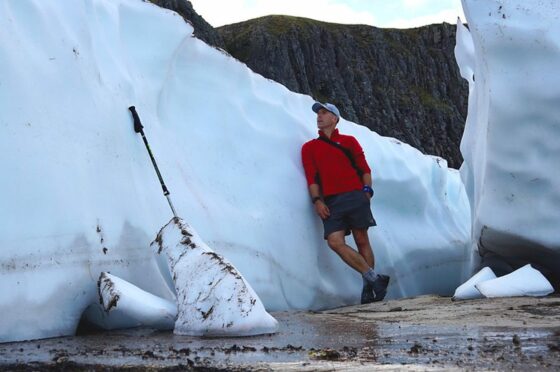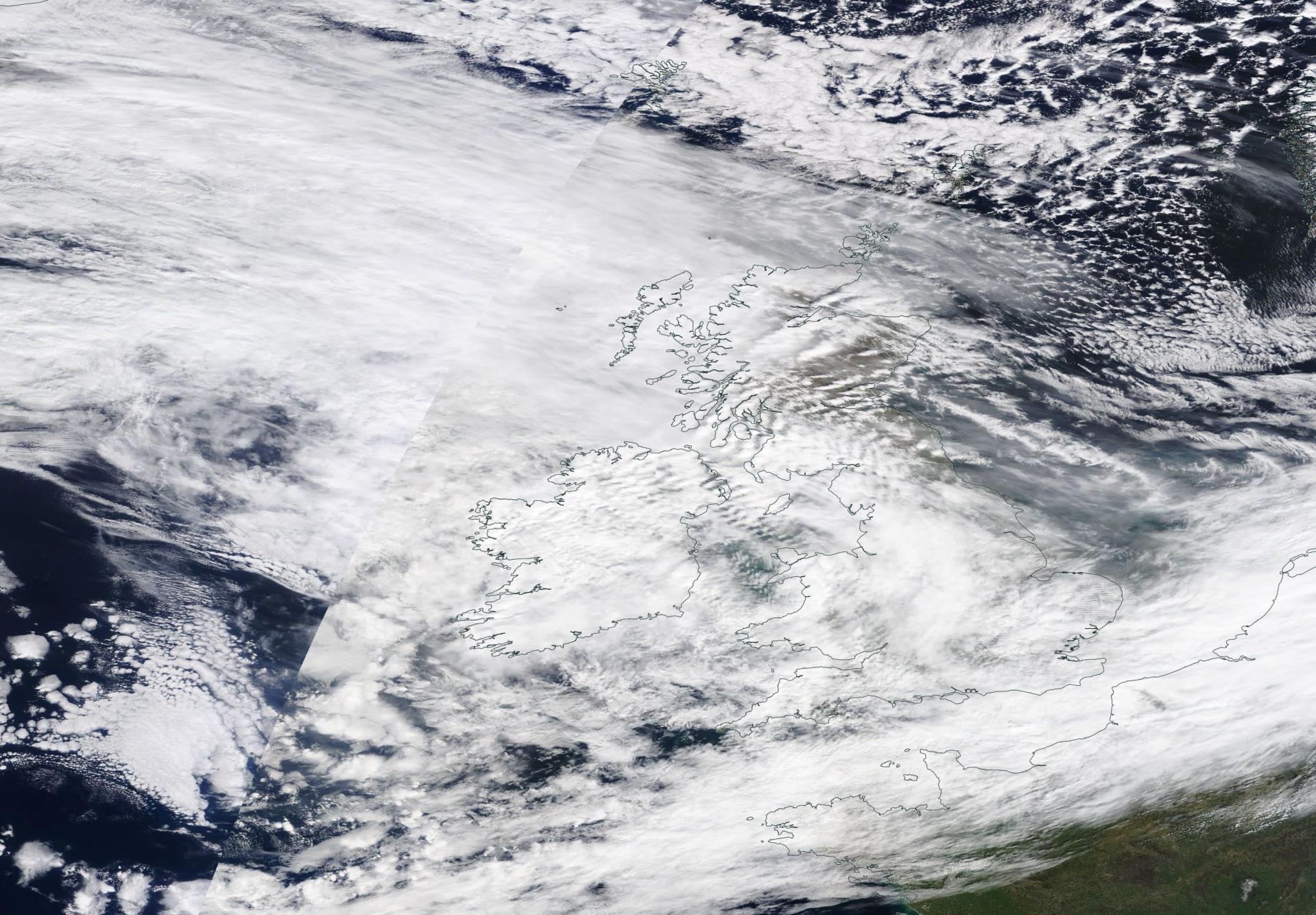He’s the man with the right stuff for the white stuff and Iain Cameron still recalls looking out of his living room window as a nine-year-old and marvelling at a shining patch of snow on distant Ben Lomond.
It was a “Eureka” moment for the youngster, one which developed from a childhood hobby to an adult vocation as a citizen scientist and prolific writer.
Only last week, he was on Ben Nevis, revelling in a smattering of flakes and his passion for the subject has led to him producing more than 20 papers for the Royal Meteorological Society’s Weather Journal and a book, The Vanishing Ice, which chronicles the impact of climate change in such places as the Cairngorms.
As a youngster, he used to rummage through his parents’ tatty old AA road atlas and, oblivious to the coffee stains on the cover, learned about all Scotland’s hills, mountains and other high places. At that stage, he regarded it as a “secret code”, but in true detective fashion, Cameron has spent many years mapping out his specialist subject.
A television natural
His work can be dangerous. Climbing to Garbe Choire Mor, the most isolated corrie in the Cairngorms, takes nerves of steel. Every footstep is a lottery and he knows a forward fall would be catastrophic, “ending almost certainly in serious injury or, God forbid, worse”. The whole gully is a “ticking time bomb”, but Cameron perseveres.
Nature isn’t to be messed with, but nor is it to be feared. With concentration and focus and the right equipment, he can gradually amass a wealth of evidence on what’s going on.
He has logged how Scotland’s seasons have changed since he was growing up in the 1980s. Frozen winters and long-lasting patches of snow were normal during that era, right through the following decade.
But then, at the dawn of the new millennium, he noticed things were changing. Fewer patches of snow survived from one year to the next and he turned into the Columbo of the Cairngorms, constantly returning with another query.
Snowfall lifts his spirits
He appreciates the consequences of climate change are hard to pin down, but they will certainly transform the look of the hills and that’s a source of anxiety for him and others. After all, who doesn’t relish opening their curtains in the morning and seeing the first winter snows shining brightly in the dawn sun?
Alright, plenty of harassed commuters in the big cities might demur, but Cameron’s an idiosyncratic character, somebody who makes a habit of wandering as lonely as a cloud.
The isolation doesn’t worry him. Distractions do. If he’s on his guard and doing his research properly, forget about music, taking selfies or strutting around on peaks.
Canine companion
However, he has occasionally been joined on his travels by the likes of comedian Ed Byrne and BBC sports commentator Andrew Cotter, whose cherished Labradors, Olive and Mabel, became an internet sensation during Covid lockdown.
And Cameron has never forgotten the morning when two hardy men and their canine companion went climbing in the Highlands.
They gazed and gasped at Ben Lawers, resplendent in miles of unbroken spring snow and the whole trip was a treat. And, as he continues to spend his weekends in the north of Scotland doing fieldwork and checking on the depth and quality of the falls in the Highlands, there’s no doubt Cameron is in his element.
Just don’t ask him if we can expect a white Christmas. He’s a scientist, not a bookie!
You can find out more at @theiaincameron



Conversation